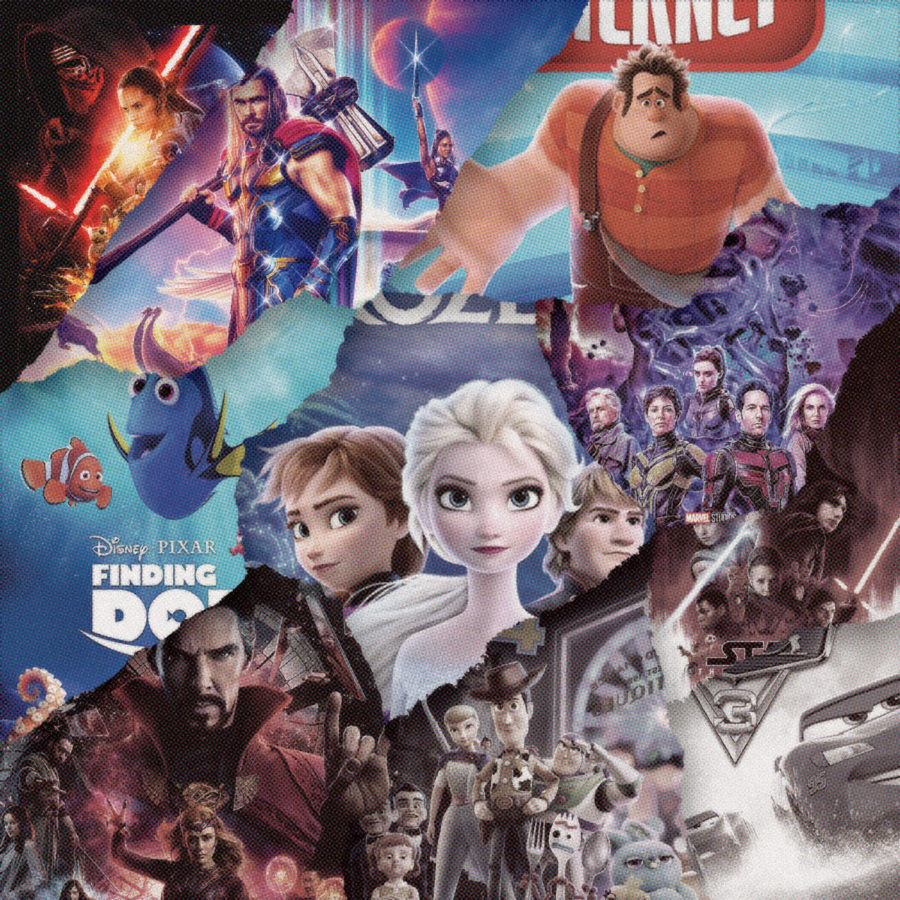Many of us, while growing up, developed a fondness for The Walt Disney Company.
Whether captivated by Iron Man, Luke Skywalker, Elsa, or Buzz Lightyear, most have felt a connection to Mickey Mouse’s domain throughout their childhood. However, today, a disconnect has emerged between Disney and its fanbase, with fans frequently criticizing the company for prioritizing profit over quality storytelling. As an avid Disney enthusiast myself, I understand this sentiment. Disney has undermined the quality of its entertainment by stripping filmmakers of creative control, ultimately sacrificing exceptional content for the sake of revenue.
This issue centers around an oft-ignored film from Pixar: “Toy Story 2.” Prior to “Toy Story 2,” Disney and the animation industry as a whole were hesitant to create sequels for their most cherished films. Just before acquiring Pixar in 2006, Disney had relegated sequels to direct-to-video releases. However, “Toy Story 2” upended this notion. The film received critical acclaim and grossed $511 million worldwide, approximately $150 million more than the original. “Toy Story 2” demonstrated that sequels could be a lucrative business model for the animation industry, and Disney embraced this lesson upon purchasing Pixar.
However, Disney failed to grasp the essence of storytelling that made “Toy Story 2” so beloved by audiences.
Conduct a quick Google search for any Disney sequel released after 2005, such as “The Last Jedi,” “Thor: Love and Thunder,” or “Cars 2.” Next, examine the reviews for those movies, whether directly on the Google results page or from Rotten Tomatoes. I can almost guarantee you’ll find passionate critiques from upset fans and critics, along with an overall audience rating of two or three out of five stars.
Although the box office numbers for these sequels might suggest success, audience reactions to Disney sequels don’t seem to align with the profits they generate. Disney fans of all stripes are often annoyed, or at least divided, when the company announces a new sequel to one of their franchises. Who needs a “Star Wars 10?” An “Ant-Man 4?” A “Toy Story 5?” (The last of which, incidentally, is in the works.) These stories must eventually come to an end. People won’t always want to spend $15 to see how Protagonist X overcomes Antagonist Y, and Disney needs to acknowledge this.
As a devoted Disney fan myself, it’s genuinely disheartening to see some of my favorite entertainment content decline over time. Every time I step into a theater or click a button on my TV remote, I hope that whatever I’m watching will be engaging enough to entertain me for at least an hour or so. Yet, more often than not, I find myself disappointed. I long for the days when the MCU and Star Wars united fans of the franchises rather than dividing them. I long for the days when Disney and Pixar animated films captivated and entertained me. I long for the days when Disney symbolized quality entertainment and safeguarded the characters we cherished, not the force that leads them to obscurity.
Disney needs to return to the basics—fundamentals like a compelling story with believable characters and an exhilarating plot. The only people capable of achieving this are the storytellers, artists, and animators the company employs. These creatives are the only ones who intimately understand the characters and stories they’ve created. This is why “Toy Story 2” triumphed both financially and critically, while nearly every Disney sequel after 2005 fell short. Executives didn’t dictate the creation of “Toy Story 2″—the animators made that decision independently.
In other words, sequels shouldn’t be churned out just for the sake of having sequels. They should be produced if the story permits, if it’s not only convenient but appropriate for these characters to continue. Only creatives—not the “C-Suite”—can genuinely determine this. What draws audiences to theaters isn’t merely the flashy CGI, big-name actors, or nostalgic scenes and characters. What truly entices audiences is a captivating story, for great stories are what bring people together.



